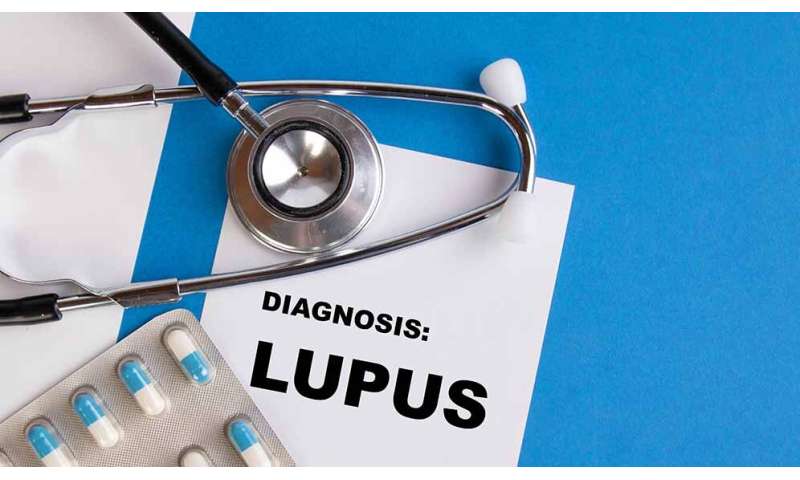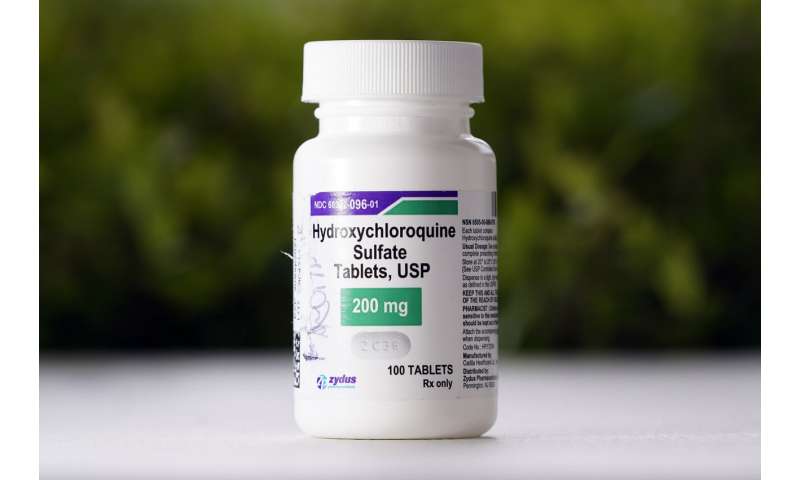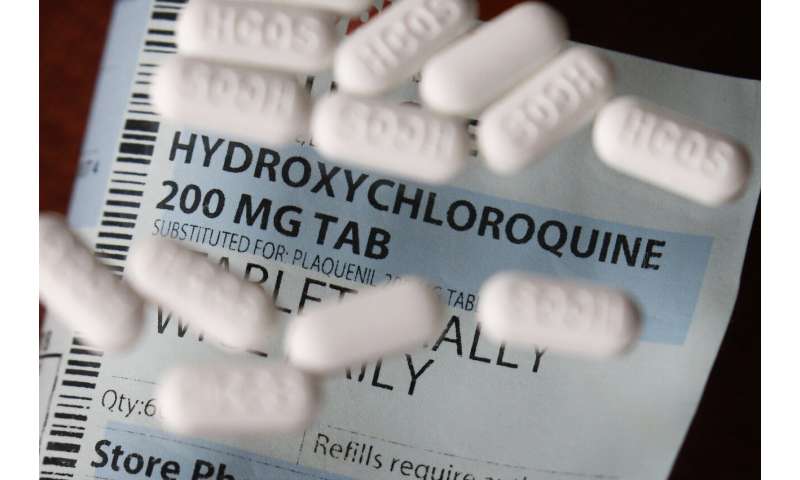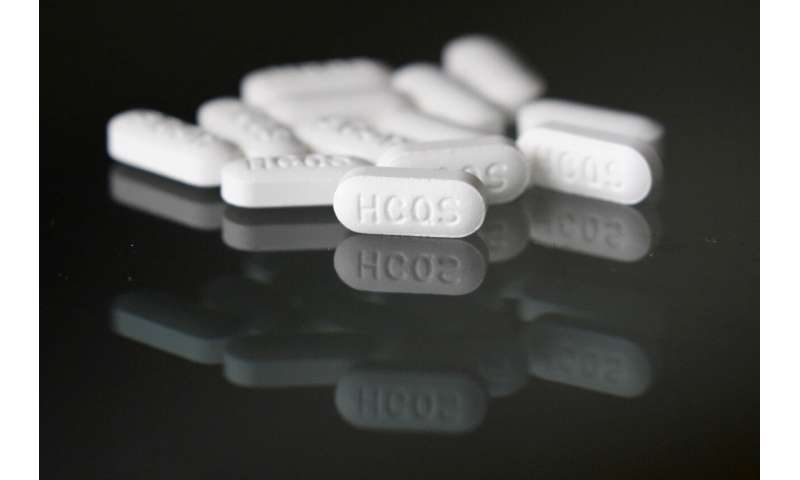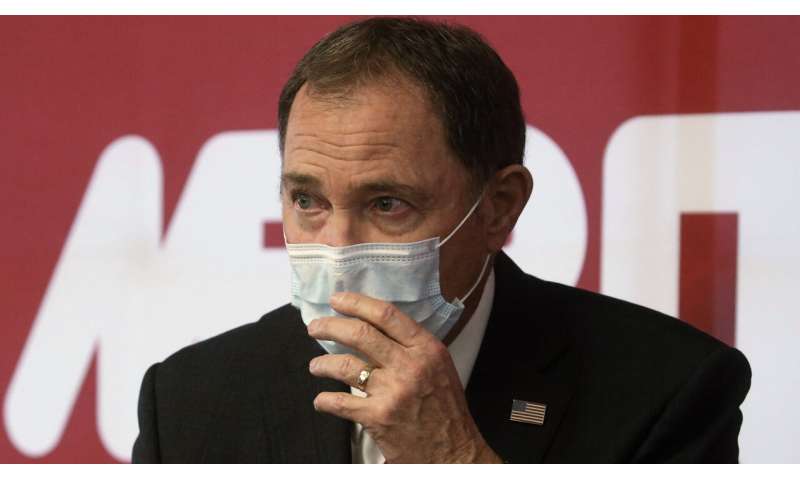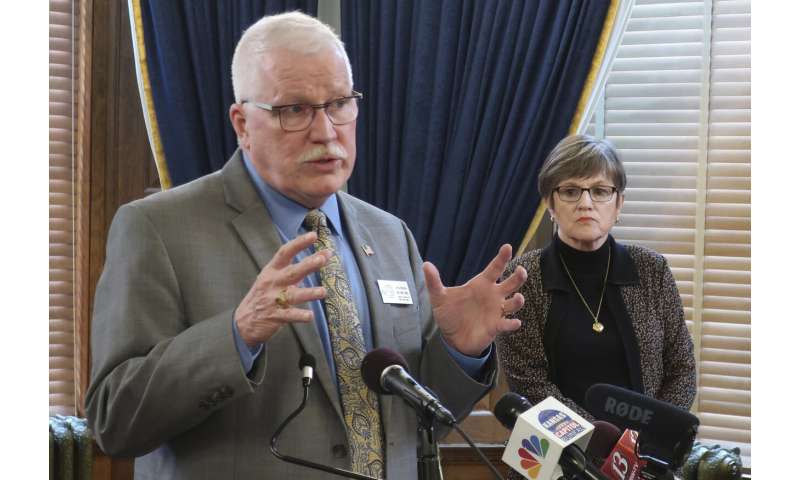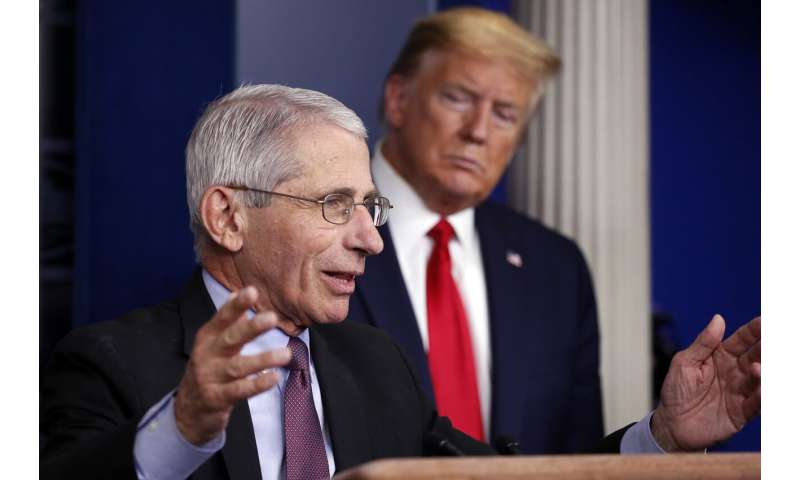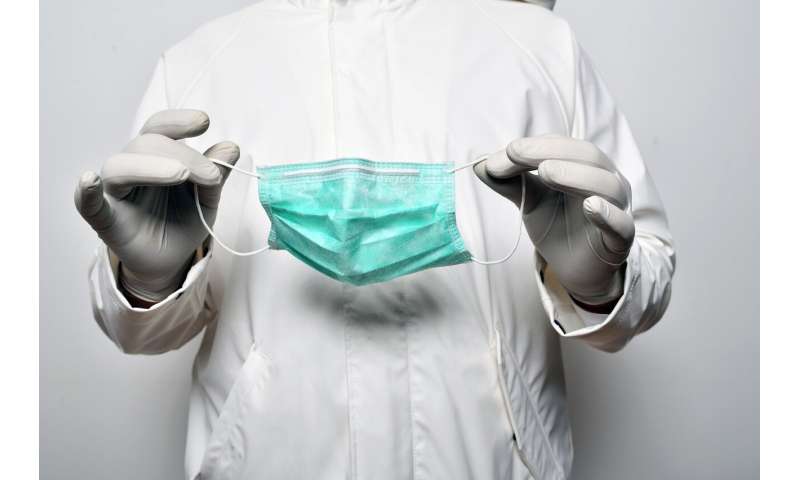Why aren't there enough ventilators and hospital beds? Anti-trust laws have a lot to do with it.

Around the world, ventilators—a life-saving medical device that keeps air flowing into the lungs of a patient who is unable to breathe—are a scarce resource in hospitals and clinics where they're used to treat those infected with the COVID-19 virus.
The machines are expensive, complex, and they take a long time to make. They're also produced by only a handful of manufacturers, among them Medtronic, a medical equipment company that specializes in such devices. In response to the pandemic, the company has agreed to nearly double its production capacity, and recently offered to share its ventilator technology with other companies in order to accelerate production.
But if the antitrust laws regulating mergers and acquisitions by the Federal Trade Commission had been more stringent a few years ago, says economist John Kwoka, there wouldn't be such a limited number of suppliers dominating the ventilator market, which as a result has left us vulnerable to a shortage during a public health emergency.
"Everyone's concerned about how we got into this circumstance," says Kwoka, Neal F. Finnegan distinguished professor of economics at Northeastern. "And the answer is some of it was the result of planning too close to the margin, but some of it was the willful acts of companies seeking to prevent competition."
The Federal Trade Commission has shown a tendency over the past 20 years not to challenge mergers until the field of competition is smaller. The agency has also looked for benefits or reasons to approve mergers, says Kwoka, whereas in the old days, it took a more cautious approach, approving mergers only if they were clearly harmless or even beneficial.
One consequence of that has been a rapid consolidation in the medical equipment markets where a single company has ended up acquiring other relatively smaller companies that represented either competitive threats or overlapping possibilities.
"As a result of that process of consolidation, we have a much smaller number of very large companies with huge portfolios of products instead of a larger number of competitors in any single market," Kwoka says.
Similarly, the hospital industry has also undergone dramatic consolidation in the last 15 to 20 years—to the tune of close to 800 acquisitions, Kwoka says, many by hedge funds seeking to quickly maximize their bottom line.
This has left many communities, especially in rural areas, without a single hospital, and contributed to the steady decline and current shortage of beds across the country amid the pandemic.
"The Federal Trade Commission again has really not been active in challenging enough of these," says Kwoka. "They try to challenge some, to their credit, but with a tidal wave of mergers, it's been difficult for them to do anything other than take a look at the leading and largest examples."
The Medtronic case goes back to 2013 when, in an effort to supplement the national inventory, the U.S. Department of Health and Human Services contracted with Newport, a small startup supplier of ventilators. The department put out a series of specifications requiring a certain number of units and at one-third the price than the ones that were being produced by the major ventilator manufacturers in the country at the time, which included the Dutch firm Philips, and eventually a company called COVIDien (which was later acquired by Medtronic).
Newport had already produced some test models that met the specifications, says Kwoka. Nevertheless, the company was bought by COVIDien, which demanded a bigger contract from the government, and when the government only partially acquiesced, COVIDien withdrew from the contract and none of these new ventilators was produced.
"A number of observers at the time, and some government officials, thought—not surprisingly—that part of COVIDien's plan was simply to eliminate a lower cost potential competitor to its traditional ventilator operation," says Kwoka.
Consequently, he says, the effort to produce small, cheaper ventilators in large numbers to supplement the country's stockpile collapsed. The health and human services department eventually entered into a new contract with Philips, but years were wasted and that agreement still has yet to produce any ventilators.
"The long and short of it is that COVIDien wanted to keep a potential competitor—a cheaper substitute for its own equipment—off the market, and succeeded in doing so," Kwoka says.
The Federal Trade Commission, upon completing a cursory review of the COVIDien acquisition, deemed that it was not a competition issue, and therefore did not challenge it.
While it's "nearly impossible" to undo the existing acquisitions, Kwoka suggests that going forward, the Federal Trade Commission can be more vigilant about preventing similar mergers in the medical equipment area. And to address the shortage, he says that the major ventilator manufacturers can, as Medtronic has now agreed to do, disclose its designs to enable other companies to manufacture the devices.
Kwoka's forthcoming book, Controlling Mergers and Market Power: A Program for Reviving Antitrust in America, addresses the question of how to reform and revitalize antitrust policy, and merger control in particular, in the U.S, and provides a comprehensive roadmap for rebuilding the necessary policies, institutions, and practices of a vigorous merger control poli
Provided by Northeastern University



